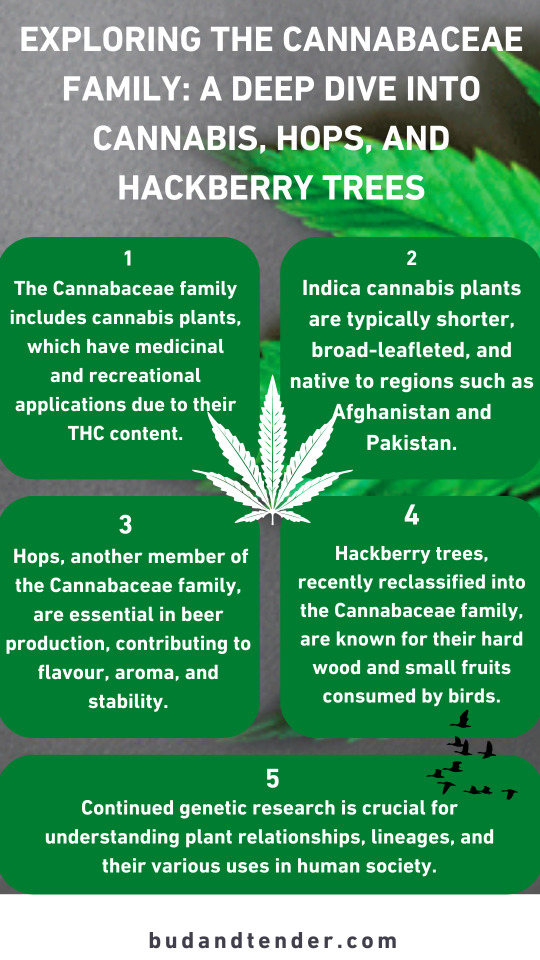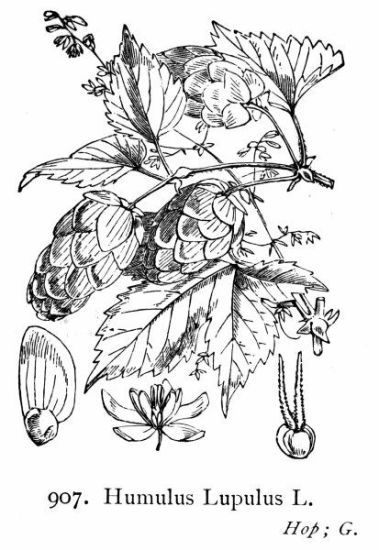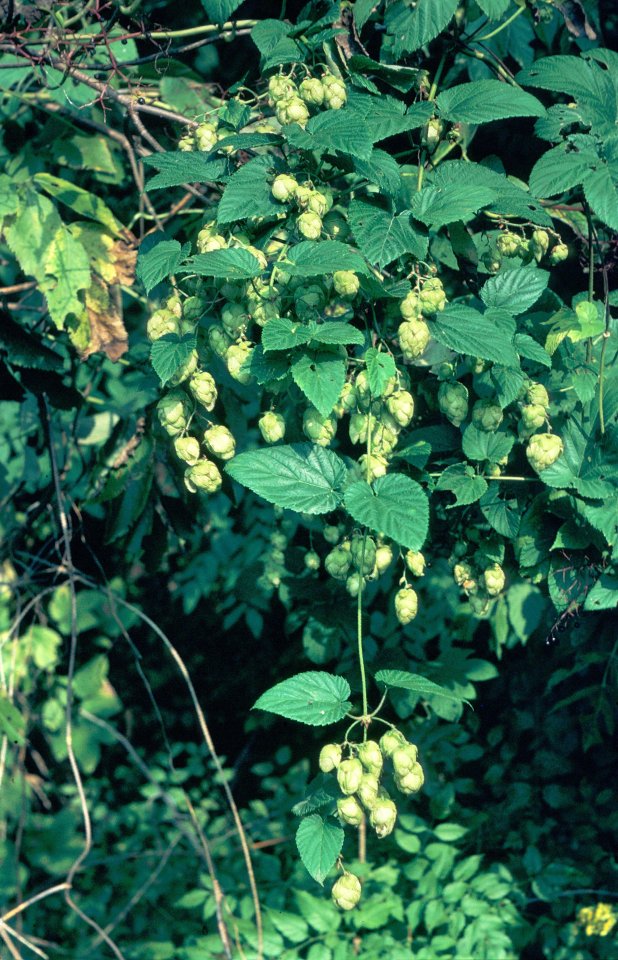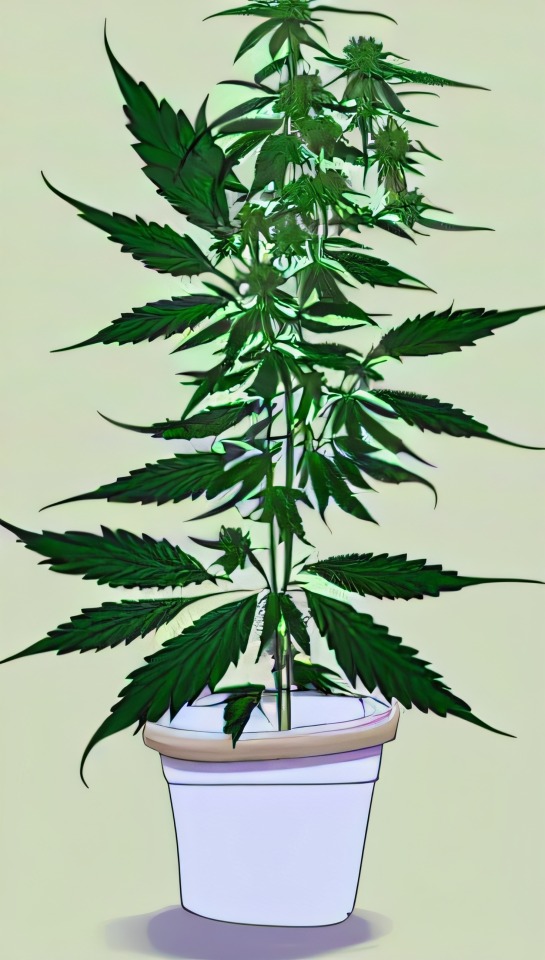#Cannabaceae
Text

H – Humulus lupulus L. – Luppolo comune (Cannabaceae)
22 notes
·
View notes
Video
n205_w1150 by Biodiversity Heritage Library
Via Flickr:
Atlas de poche des plantes des champs, des prairies et des bois Paris :P. Klincksieck,[1894] biodiversitylibrary.org/page/11018424
#Pictorial works#MBLWHOI Library#Woods Hole#bhl:page=11018424#dc:identifier=http://biodiversitylibrary.org/page/11018424#Cannabis sativa#Cannabis#Cannabaceae#Rosales#Rosids#Eudicots#Flowering plant#taxonomy:binomial=Cannabis sativa#marijuana#North America Plant#Asia Plant#Europe Plant#Flax#Linum usitatissimum#common flax#linseed#Linum#Linaceae#Malpighiales#Africa Plant#taxonomy:binomial=Linum usitatissimum#flickr#flower#plant#botany
3 notes
·
View notes
Link
#AllCannabinoids#Cannabaceae#Cannabis#CannabisBlogs#CannabisHeals#CannabisIsMedicine#CannabisMyMedicine#CannabisRecovery#CBD#Hemp#Hops#THC#WholePlant
0 notes
Photo

The family includes the iconic plant, used medicinally and recreationally, as well as hops used for beer production, hackberry trees, and more. Ongoing genetic research helps us understand the uses of these plants and their relationships. 🌱
0 notes
Text
Moth of the Week
African Death’s-Head Hawkmoth
Acherontia atropos

The African death's-head hawkmoth is part of the family Sphingidae and is the most widely recognized of the three species of Death’s-Head Hawkmoth. The species was described in 1758 by Carl Linnaeus. Its common name comes from the skull shape on the back of its thorax. It’s binomial name: comes from the river Acheron in Greece, which was believed to lead to the Underworld, and the Greek goddess Atropos respectively.
Description The forewings are black/brown with mottled shades of brown while the hindwings are buff orange with two black/brown stripes that curve with the edge of the hindwing. The head and thorax are the same black/brown color as the forewings interrupted by the brown skull on the back of the thorax. The abdomen is the same buff color as the hindwings with similar stripes of the same color. There is also a single stripe down the center of the abdomen called the “dorsal stripe.”
Average Wingspan: 13 cm (5 in)
Females are large than males with a rounded abdomen tip and larger, thicker antennae
Males have a pointed abdomen tip
Diet and Habitat Larva of this species mainly eat the leaves of potato plants which have alkaloids. The larva accumulate these toxins to become unpalatable to predators. Adults eat the nectar of flowers and stolen honey from the beehives of the Western Honey Bee. They are able to mimic the scent of bees and steal the honey undetected. They use their proboscis, a tube used to drink nectar and honey, to break the honey comb.
Their ranges stretches from the Middle East, as far south as the southern tip of Africa, as far north as southern Great Britain, as far east as India and western Saudi Arabia, and as far west as the Canary Islands and Azores. It is known to move into western Eurasia, but a majority do not survive the winter.
Mating This moth has multiple generations per year. In Africa, the broods are continuous. In the northern range, the larva overwinter in the pupal stage. Eggs are laid singly on the underside of species in mainly Solanaceae but also Physalis, Verbenaceae, Cannabaceae, Oleaceae, Pedaliaceae and others.
Predators This moth can emit a special squeak noise by sucking in air to vibrate a flap in its mouth and throat. The purpose of this squeak is unclear, but the two hypotheses are it is to scare away predators or to mimic the sound of a queen bee makes for the workers to stop moving to easier raid beehives for honey. They are also immune to bee venom and can mimic the scent of bees.
Fun Fact This moth has appeared many times in pop culture as symbols of death and evil:
It appeared in The Hireling Shepherd, Bram Stoker's Dracula, Un Chien Andalou, the promotional marquee posters for The Silence of the Lambs, in the music video to Massive Attack's single, "Butterfly Caught,” and on the American edition's cover of José Saramago's novel Death with Interruptions.
It is mentioned in Susan Hill's Gothic horror novel I'm the King of the Castle and John Keats’s "Ode to Melancholy.”
It is referred to in The Mothman Prophecies.
Finally, the moth is used as a calling card by the serial killer Buffalo Bill. However, in the movie script they are referred to under a different species of death’s-head hawkmoths.
(Source: Wikipedia, Simple English Wikipedia)
#libraryofmoths#animals#bugs#facts#insects#moth#mothoftheweek#lepidoptera#Sphingidae#African death’s-head hawkmoth#Acherontia atropos
161 notes
·
View notes
Text
Cannabaceae
A family of plants
14 notes
·
View notes
Text
Humal
Humulus lupulus L., Cannabaceae
Metshumal, omal, tapud, tapunaadid, tapuvääned, viha, õlleviha
Hops


Humal kasvab jõgede ja ojade kaldatihnikutes, vajukates niisketes kaldametsades ja metsaservadel, tihti ka kultiveeritavana elamute läheduses tapuaedades.
Ravimina kasutati humala käbi.
Humalat kasutatakse rahustina ja valuvaigistina põie- ja neeruhaiguste puhul, ka närvi- ja südamehaiguste ravimisel rahustusvahendina (valokordiini koostises) ning unetuse korral.
Korjatakse juulis ja augustus.
Kirjeldus
Humal kasvab jõgede ja ojade kaldatihnikutes, vajukates niisketes kaldametsades ja metsaservadel, tihti ka kultiveeritavana elamute läheduses tapuaedades.
Ta on mitmeaastane taim rohkete maasiseste horisontaalsete võsunditega, millest lähtuvad lisajuured ja varred. Vars on väänduv (paremale poole), 3-6m pikk, kuni 1cm jäme, kattunudkahetipuliste haajate ronikarvadega. Lehed vastakud, pikarootsulised, ülemised ümardunud või munajad, alumised kolme- või viielõhesed, tömpide hõlmadega, saagjate servadega, pealt tumerohelised, lidus harjaskarvade tõttu väga karedad, alt heledamad, kattunud hõredate kollakate näärmekarvadega; abilehed munajad, terveservalised, enam-vähem kokku kasvanud.
Humal on kahekojaline taim; isasõied hõredalt pöörisjad, kaenlasisesed, ebasarikjad, õiekroon 3mm pikk, 5 valkjasrohelise õiekattelehega, 5 lühikese tolmukaga, kollaste tolmukapeadega, emasõied tuhedas käbitaolises ebapeas lühikeste oste otsas, kattunud näärmetega, lühiraolised.
Õitseb juulis või augustis.
Ravim
Praegu humalaid ravimina peaaegu ei tarvitata, kuid varem olid ravivahendiks humala emasõisikud, "käbid" - sitobuli Lupuli - ja nendelt sõelumisel eraldatud näärmed - glandulae Lupuli ehk Lupulinum.
Käbisid lühikese raoga kogutakse veidi enne valmimist augusti keskel või lõpul, kui nad on rohekaskollased. Käbid tuleb kohe kuivatada väljas või õhurikkas ruumis õhukese kihina. Droogi moodustavad terved, mittepudenenud, rohekaskollakad käbid tugeva aromaatse lõhnaga ja teravalt mõru maitsega. Kollakaspruunid käbid on ülevalminud ega kõlba droogiks.
Humalakäbid ja lupuliin sisaldavad mõruainet, eeterlikku õli, vaiku, kollast värvainet, palderjanhapet, trimetpplamiini, koliini.
Toimed
Droogi on kasutatud rahustina ja valuvaigistina põie- ja neeruhaiguste puhul, ka närvi- ja südamehaiguste ravimisel rahustusvahendina (valokordiini koostises) ning unetuse korral.
Tavaline annus: 1 teelusikatäiest humalakäbidest valmistada ühe klaasi keeva veega tee ja see õhtul sisse võtta. Humal kuulub ka nn. rahustava tee koostisesse. Välispidiselt on kasutatud droogi hautisena reumavalude puhul. Humalakäbide keedist soovitatakse ka pea pesemiseks juuste väljalangemise korral.
Peamiselt kasutatakse humalaid õlletööstuses.
Taime levi

Allikad
Tammeorg, J., Kook, O. & Vilbaste, G. (1973). Eesti NSV Ravimtaimed. Tallinn: Valgus.
Eesti taimede levikuatlas 2020
#humal#ravimtaimed#juuli#august#valuvaigisti#rahusti#neerud#põis#närvihaigused#südamehaigused#unetus
10 notes
·
View notes
Text

Cannabis, also known as marijuana, is a genus of flowering plants in the Cannabaceae family. It is indigenous to Central Asia and the Indian subcontinent, but it is now cultivated and grown in various parts of the world. Cannabis plants have been used for thousands of years for different purposes, including medicinal, spiritual, industrial, and recreational uses.
The two main species of cannabis are Cannabis sativa and Cannabis indica, with hybrids also commonly found. These plants have distinct characteristics and can exhibit different growth patterns, appearances, and chemical compositions.
Cannabis contains a range of chemical compounds known as cannabinoids, the most well-known being delta-9-tetrahydrocannabinol (THC) and cannabidiol (CBD). THC is responsible for the psychoactive effects of cannabis, while CBD does not produce psychoactive effects but may have potential therapeutic benefits.
Cannabis can be consumed in various forms, including dried flowers (commonly known as buds), hashish (concentrated resin), and cannabis oil. It can be smoked, vaporized, or ingested orally in the form of edibles, tinctures, or capsules. The method of consumption determines how the cannabinoids are absorbed into the body and how quickly the effects are felt.
The effects of cannabis can vary depending on factors such as the strain, THC and CBD content, dosage, method of consumption, and individual differences. Common effects include relaxation, euphoria, altered perception of time and space, increased sociability, and potential cognitive and sensory alterations. However, it's important to note that cannabis affects individuals differently, and some people may experience negative effects such as anxiety, paranoia, or impaired coordination.
In recent years, there has been growing interest in the potential medicinal uses of cannabis. Some studies suggest that cannabinoids, particularly CBD, may have therapeutic benefits for conditions such as chronic pain, epilepsy, multiple sclerosis, anxiety, and nausea associated with chemotherapy. However, further research is needed to fully understand the potential benefits and risks of cannabis for medical purposes.
It's important to consider the legal status of cannabis in your jurisdiction, as laws and regulations vary widely around the world. While some countries and states have legalized cannabis for medical and/or recreational use, others still classify it as an illegal substance. It's crucial to be aware of and comply with the laws in your specific area.
As with any substance, responsible use, moderation, and informed decision-making are important. If you have questions or concerns about cannabis use, it's recommended to seek advice from healthcare professionals or organizations specializing in substance use and mental health.
6 notes
·
View notes
Note
Cannabaceae and Rosaceae are unfortunately different families, their shared order (Rosales) is higher up the taxonomic tree :/.
In short, apple-weed isn't possible (without some crazy genetics magic).
However in terms of cursed plant relations, almonds and peaches are in the same sub-genus (in Rosaceae, Prunus subg. Prunus), meaning they're closer related than peaches are to plums.

102 notes
·
View notes
Text
I owe my life to the taxonomic plant families Poaceae, Fabaceae and Cannabaceae
Corn, Beans and cannabis saved my life!
What plant families saved your life?
43 notes
·
View notes
Text

Cannabis is a flowering plant that belongs to the Cannabaceae family. The plant has distinct characteristics, including palmate leaves with serrated edges and serrated leaflets. It is dioecious, meaning that it has separate male and female plants. The female flowers, known as buds, contain the highest concentration of cannabinoids, which are the chemical compounds responsible for the plant's effects.
#smoke weed#stonerz#seeds#marihuana#growing cannabis#cannabis#marijuana#marijuana news#indoor growing#gethigh
3 notes
·
View notes
Text

Ancora Alberi. 846. Bagolaro
13 notes
·
View notes
Note
dear Miss (Mrs? we aren't sure in your marital status) Binah, we were going to send you a gift of exotic teas on suggestion of safety team, however we have discovered what was supposed to be a refreshing drink is infact cannabaceae cannabis.
how should we punish the safety team?
sincerely, records clerk Beta14 (nobody else wanted to spill the news we fucked up your gift, I was threatened with termination if I didn't bite the bullet)
Hmm...
I'd say take their drugs and alcohol for three weeks. The withdrawal will do the rest.
#My tired brain couldn't come up with anything else at the moment.#I'll get to thinking on a better punishment#so thank you for letting me know#Beta14.
2 notes
·
View notes
Link
#AllCannabinoids#Cannabaceae#Cannabis#CannabisBlogs#CannabisHeals#CannabisIsMedicine#CannabisMyMedicine#CannabisRecovery#CBD#Hemp#Hops#THC#WholePlant
0 notes
Text
Damn, I love palindromes but I’m allergic to plants in the cannabaceae family. Tragic.
0 notes